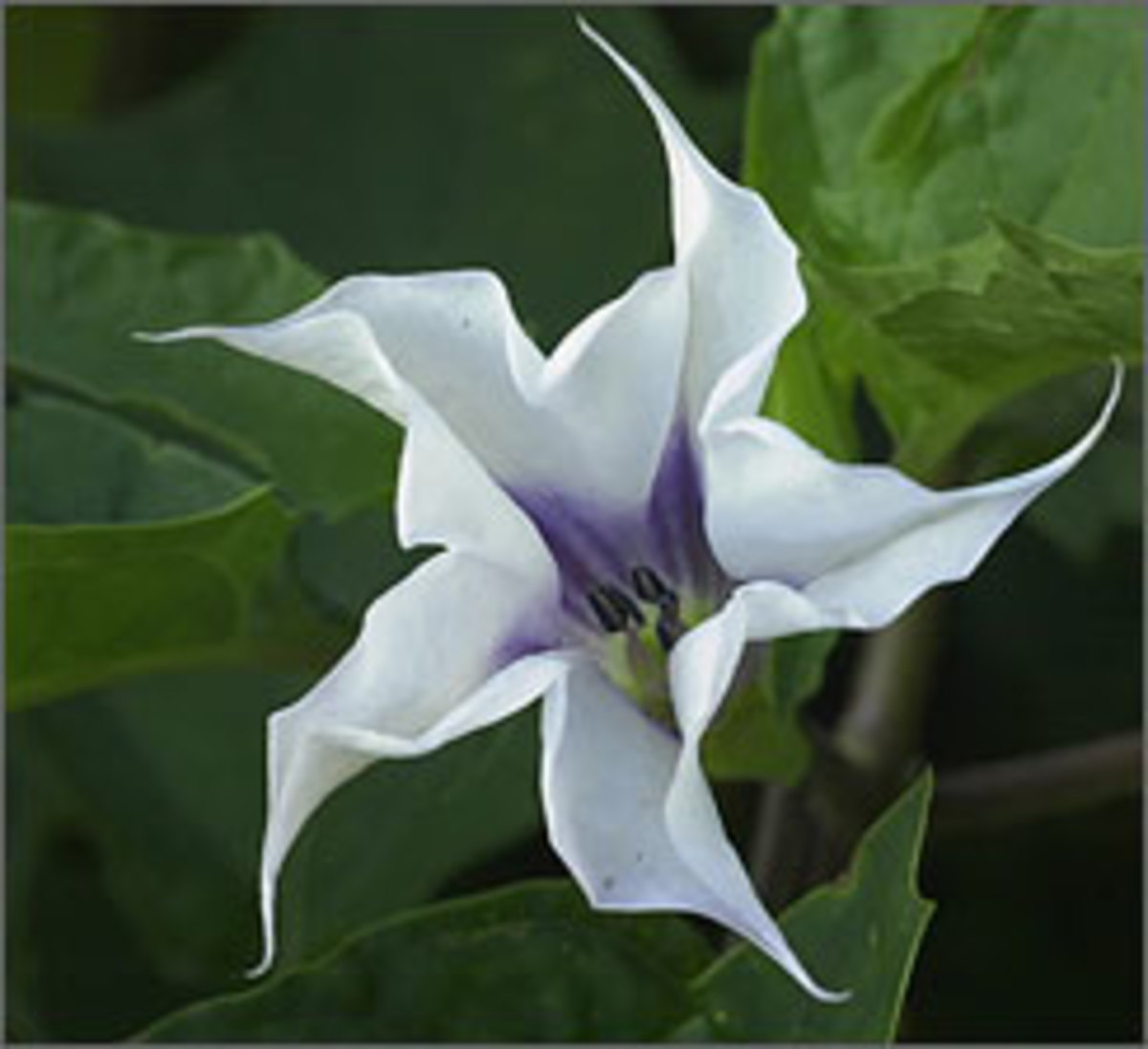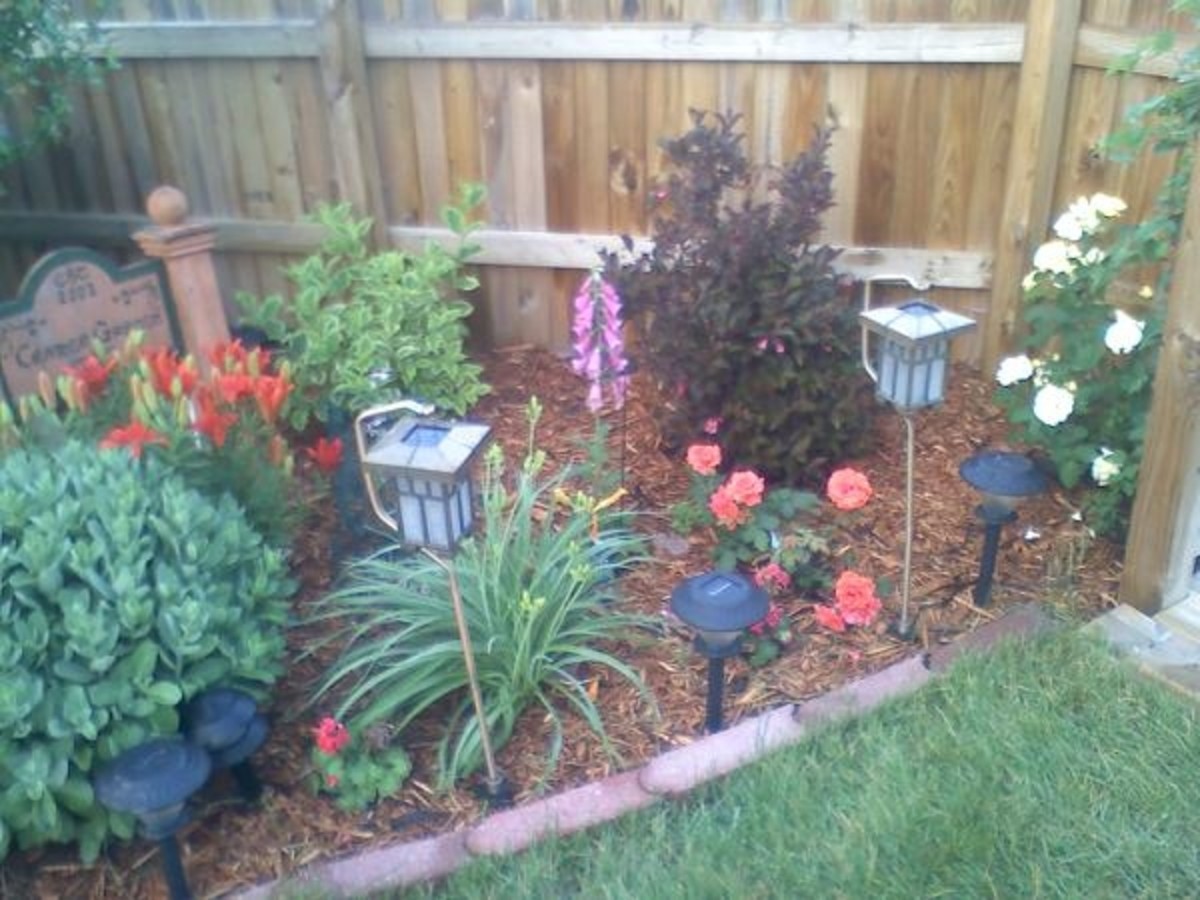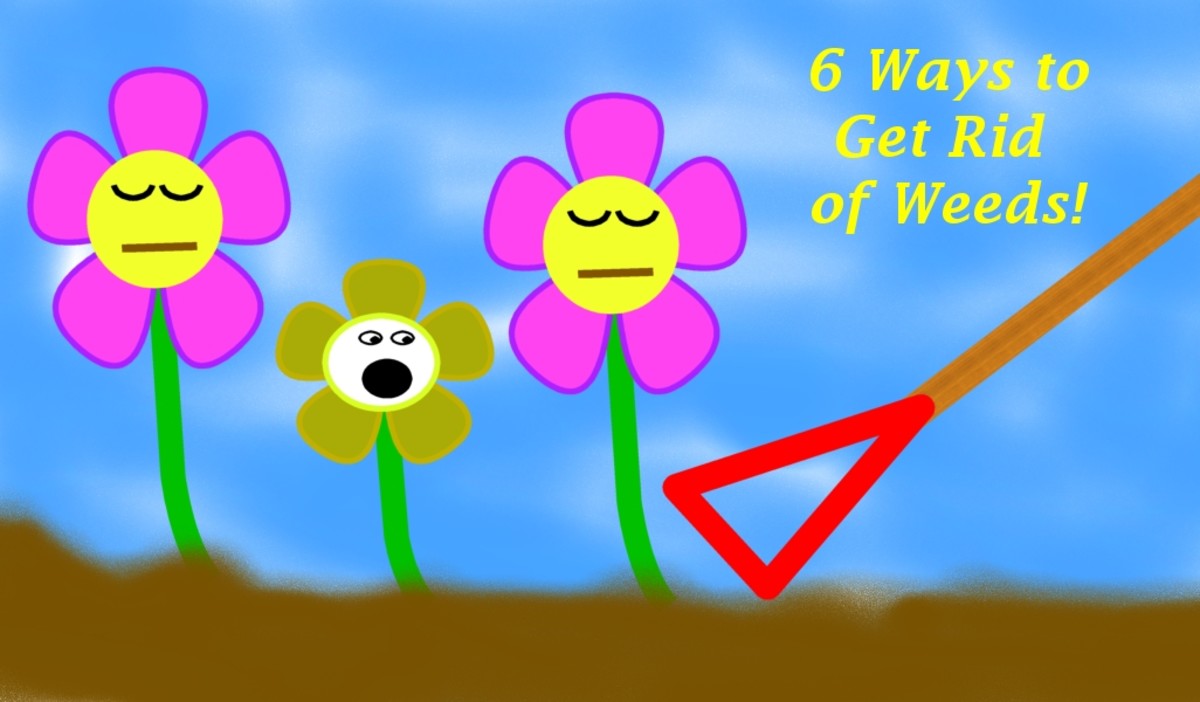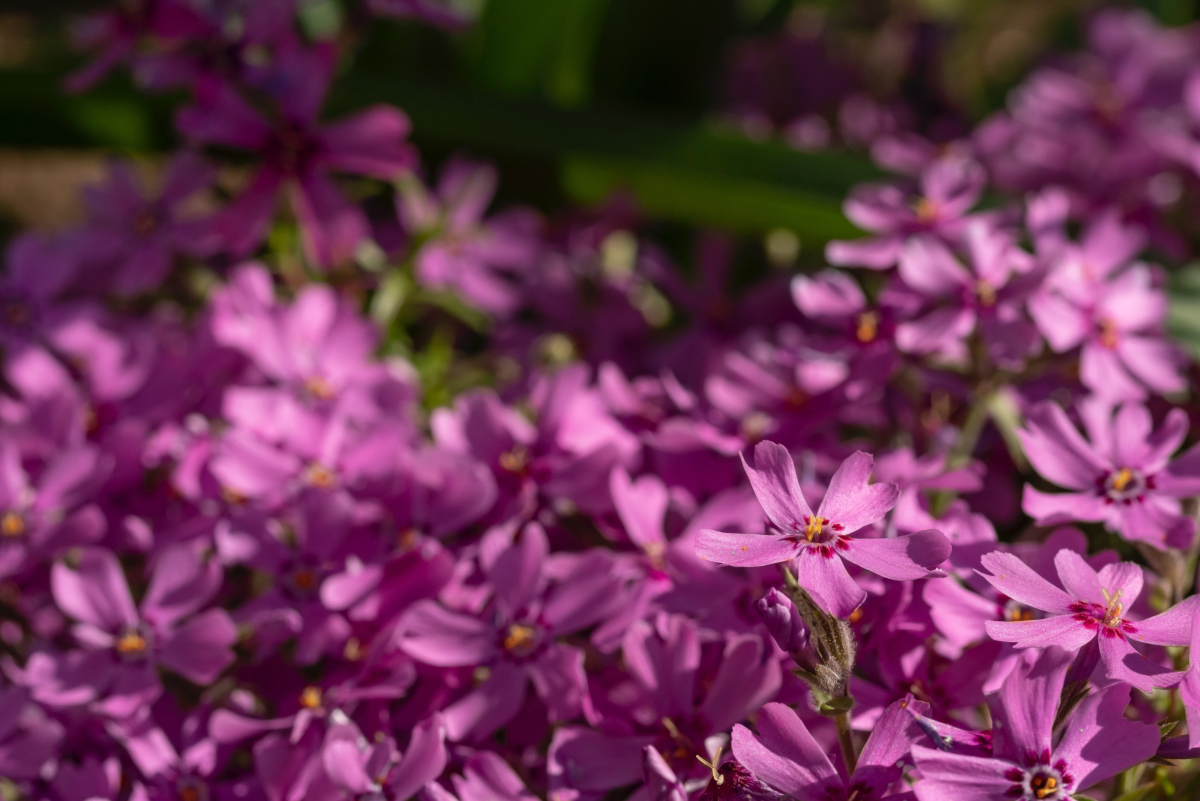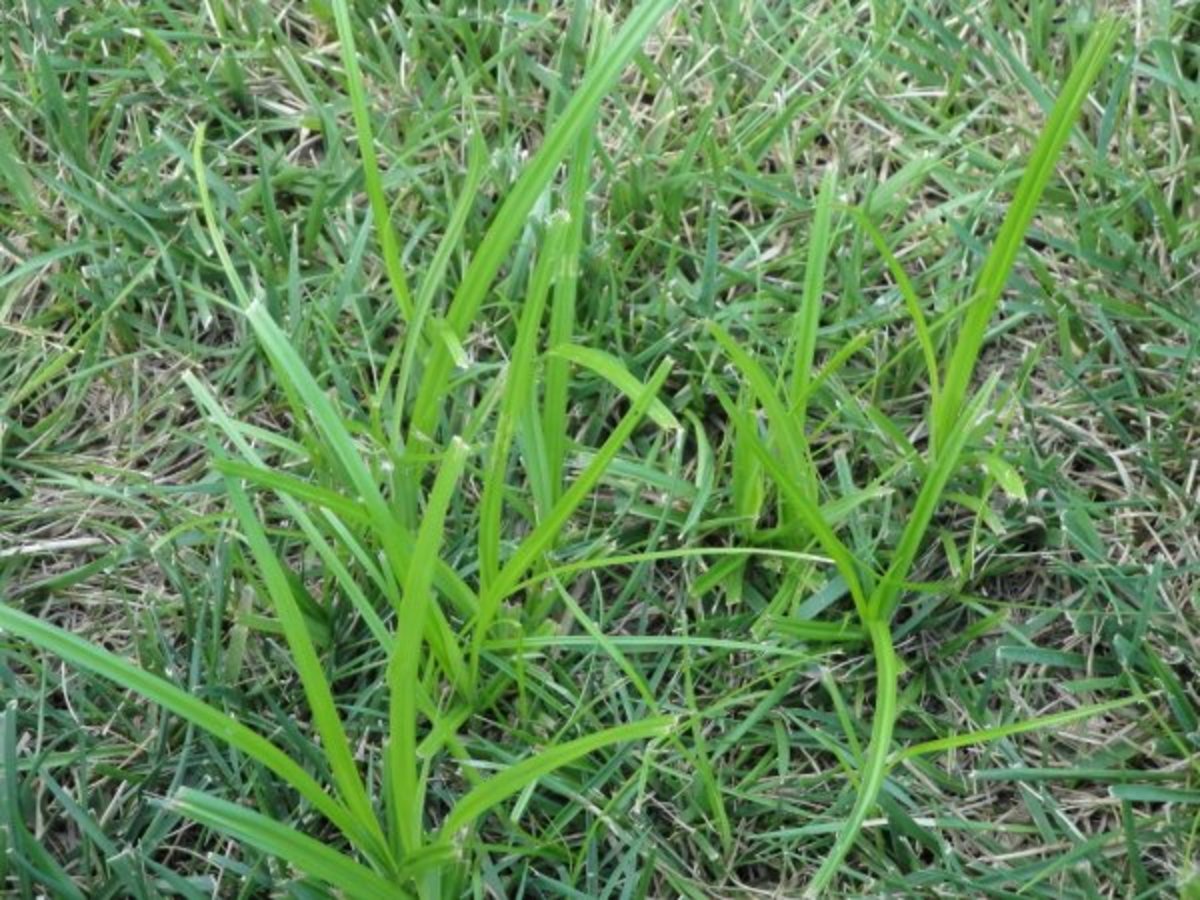Common Garden Weeds and How to Treat Them
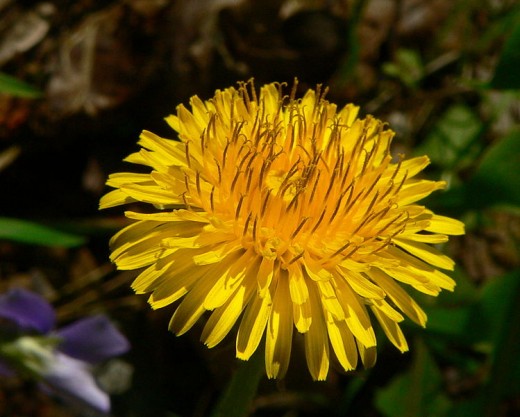
There is a multitude of weeds that grow in our gardens. Most can be killed with normal herbicides, but the problem with that is, you may end up killing wanted plants. Being able to Identify them is important in being able to get rid of them. It's also a good way of impressing your gardener friends.
Redroot Pigweed
Redroot pigweed is very common in the U.S. and is considered a noxious weed by many states. They can grow to be several feet tall and are characterized by the red coloring of their roots. When weeding these out, be careful. Some people have a mild allergic reaction to larger specimens, resulting in itchy skin and possibly a rash. Weeding these out early save a lot of time and headache, as they are much easier to pull up whole.
These are killed by generic herbicides.
Broadleaf Plantain
Broadleaf plantain is another very commonly found weed which is considered a secondary noxious weed in many states. They are characterized by very broad and slightly waxy leaves. They have stems that protrude upwards that bloom with many tiny flowers.
These can be killed with generic broad leaf herbicides.
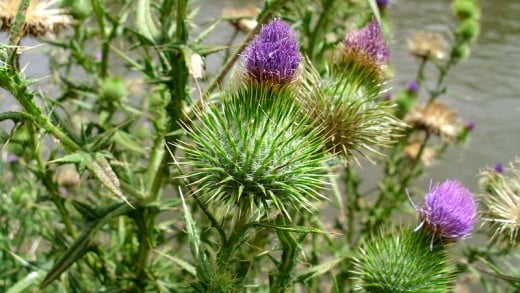
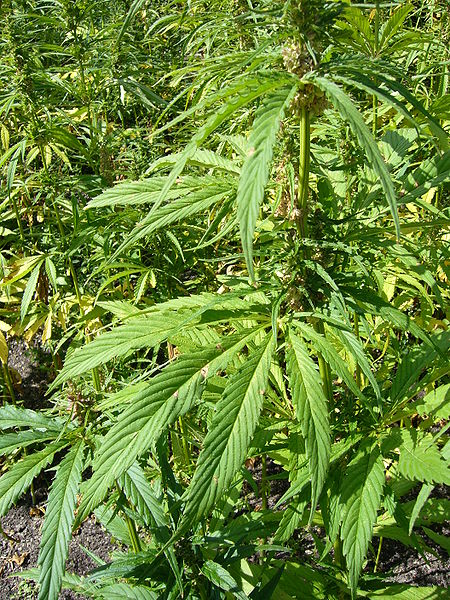
Lamb's Quarter
Lamb's quarter is another broad leaf weed that is considered a secondary noxious weed. Another name for this is goosefoot. The main stem is very boxy, almost square. They can grow to be 6' tall or taller and can take over gardens if not taken care of. The tips of each branch will produce many seeds that can cause problems for future gardens because the seeds are so abundant.
Lamb's quarter can also be killed with broad leaf herbicides.
Buttonweed
Another name for button weed is velvet leaf. If you were to search Google, you'll find that you are redirected to Virginia buttonweed, which is not the same thing. The buttonweed plant has very soft leaves and stems. The flower is orange and the seed pouch they produce looks like a bowl with separate cells for each seed. Buttonweed can grow to be 8' tall and can canopy over your garden quickly, taking sunlight away from your plants.
They can be killed with broad leaf herbicides.
Morning Glorgy
These can wreak havoc on your garden, especially in the corn rows. Morning glory is a generic name that encompasses more than a thousand separate breeds of the plant. Morning glory is a secondary noxious weed and can bind up and potential choke out other garden plants. If they grow to be large vines, spraying herbicide isn't always effective, so catching them early is important.
Bull Thistle
Bull thistle is a problem because of the spines that it grows on it. They can cause injury to people if they aren't aware of their presence and were to fall onto them or grab them accidentally. They are considered a noxious weed in nine states. It is not advised to try to pull them out. Using a tool made to cut the taproot under the soil surface can be a good way to get rid of them early. They can grow to be 5 feet tall. Killing them early is important, because then the tap root can becomes very long, making them hard to get rid of.
Broad leaf herbicides can be used but may not be 100% effective.
Canada Thistle
Canada thistle, also known as creeping thistle, can grow to be 3-4 feet tall. They are not quite as "aggressive" looking as the bull thistle, meaning they are not quite as coated in spines. They are considered noxious weeds and have the same general characteristics as bull thistle.
Dandelion
Dandelions are short plants, not getting taller than a foot or so. They produce bright yellow flowers that eventually reopen to disperse the seeds that are carried by wind. They are a problem because they are notoriously hard to get rid of and can spread relatively quickly. A tool used to cut the tap root can be used to cut the root down under the crown of the plant. If you don't get rid of the root, the plant may well come back.
Broadleaf herbicides are helpful with killing dandelions
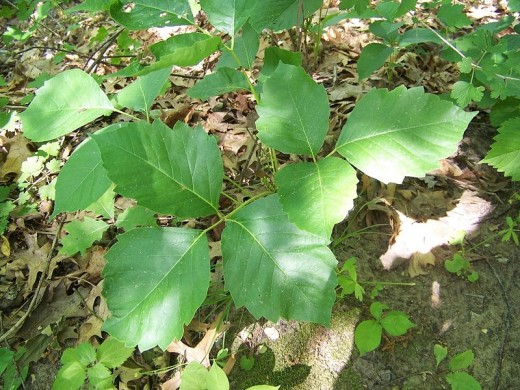
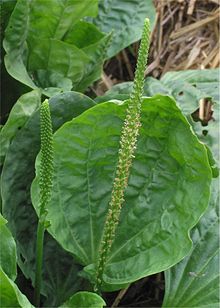
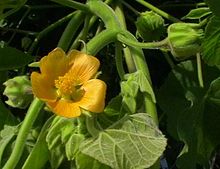
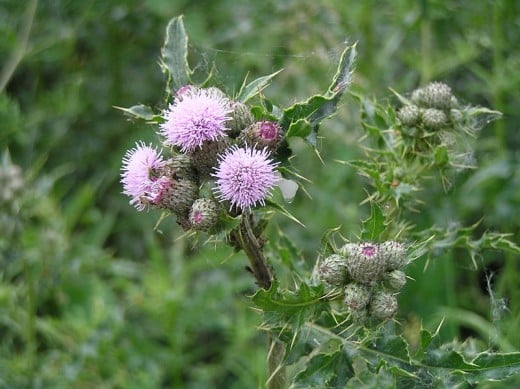
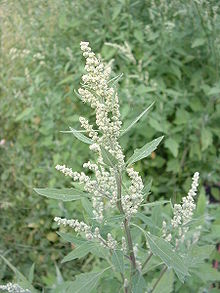
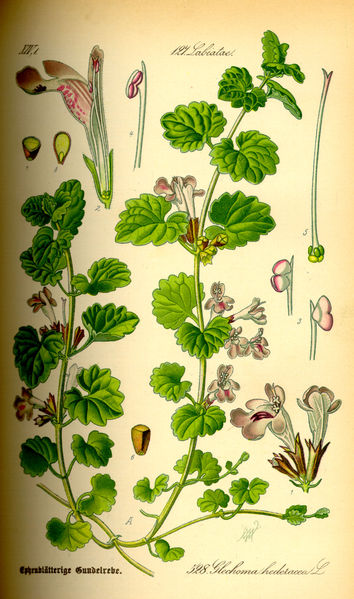
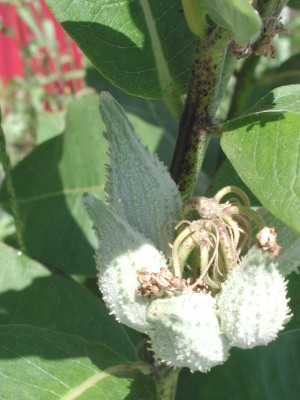
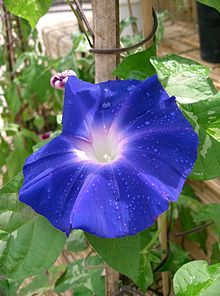
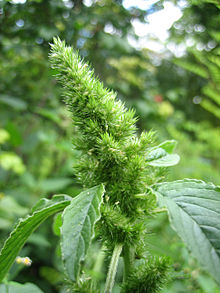
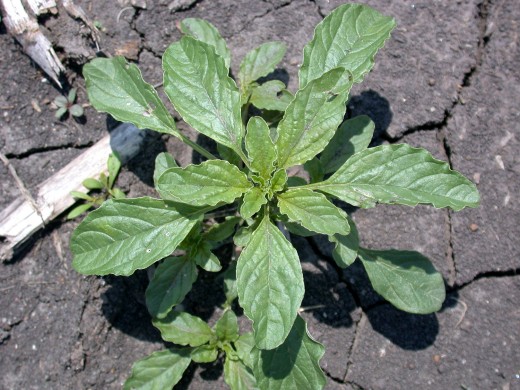
Milkweed
Milkweed can be a problem because it broadcasts it's seed from the pods that open up along its stem. Another, larger problem is that milkweed is poisonous. They also are a common draw for aphids, which can infest surrounding plants.
They are considered a noxious weed and can be killed with broad leaf herbicides.
Water Hemp
Water hemp can overtake areas of the garden. They can grow to over 10 feet tall. It is considered a primary noxious weed in some states. Broad leaf herbicides can control them, but getting to them early is important.
Hemp (Cannabis)
The hemp plant is the uncultivated version of marijuana. It was grown in my home state of Illinois during World War II for its fiber to make rope. It has continued to grow in ditches and fields and has taken the nickname "Illinois ditchweed" among others. This weed can grow to be 12 feet tall or taller and is especially problematic in corn fields. It is a primary noxious weed and if not taken care of, can bring on legal ramifications. If you see it, kill it on the spot.
Creeping Charlie
Creeping Charlie is a ground cover that can take over areas of the garden quickly. It can "creep" over garden plants and snuff them out. It can be controlled with herbicides but like morning glory, it is more effective if done early on.
Poison Ivy
Poison ivy is a noxious weed primarily because of the effect it has on humans and animals. It can cause a horrible rash in most people from a reaction caused by the sap it secretes. It can be killed with broad leaf herbicides and should be killed in a hands-off method to avoid getting sap on the skin.
This is a very short list of the numerous weeds that can be in your garden. Because of regional terminology, what one weed is known as in one area may not be the same in another. This is what scientific names help with, they are the same everywhere. The names listed above are common names in the Midwest, hence my use of them. I hope this list aids you in tending to your own gardens. Happy gardening!
Other Helpful Gardening Links
- 12 Easy to Grow Veggies for the New Gardener
Want to start gardening but don't know what to grow? Here are twelve easy to grow veggies to start with. - Twenty Tips and Tricks to a Great Garden
Did you know putting a couple match heads in the hole when transplanting your peppers will help them take root faster? There are all kinds of cool things like that out there, find twenty right here. - Poor Soil? Your Plants are Telling You the Story
Your plants show signs of nutrient deficiencies when they become an issue. Sometimes the nutrients aren't there, and sometimes they aren't available to the plant. This will give you a break down of what to look for and what causes the deficiency. - Companion Plants; Harness the Power
Some plants grow better together than others. Some can actually hinder others. Knowing what's what can optimize your garden's production. - The Gardener's Guide to Pests
Properly identifying garden pests will make deciding on methods to rid them much easier. Not all pesticides or organic practices work on everything. Know what your up against. - Common Garden Diseases and How to Identify and Treat Them
Knowing what diseases can do to your crops and how to identify them is must-know for any gardener.



